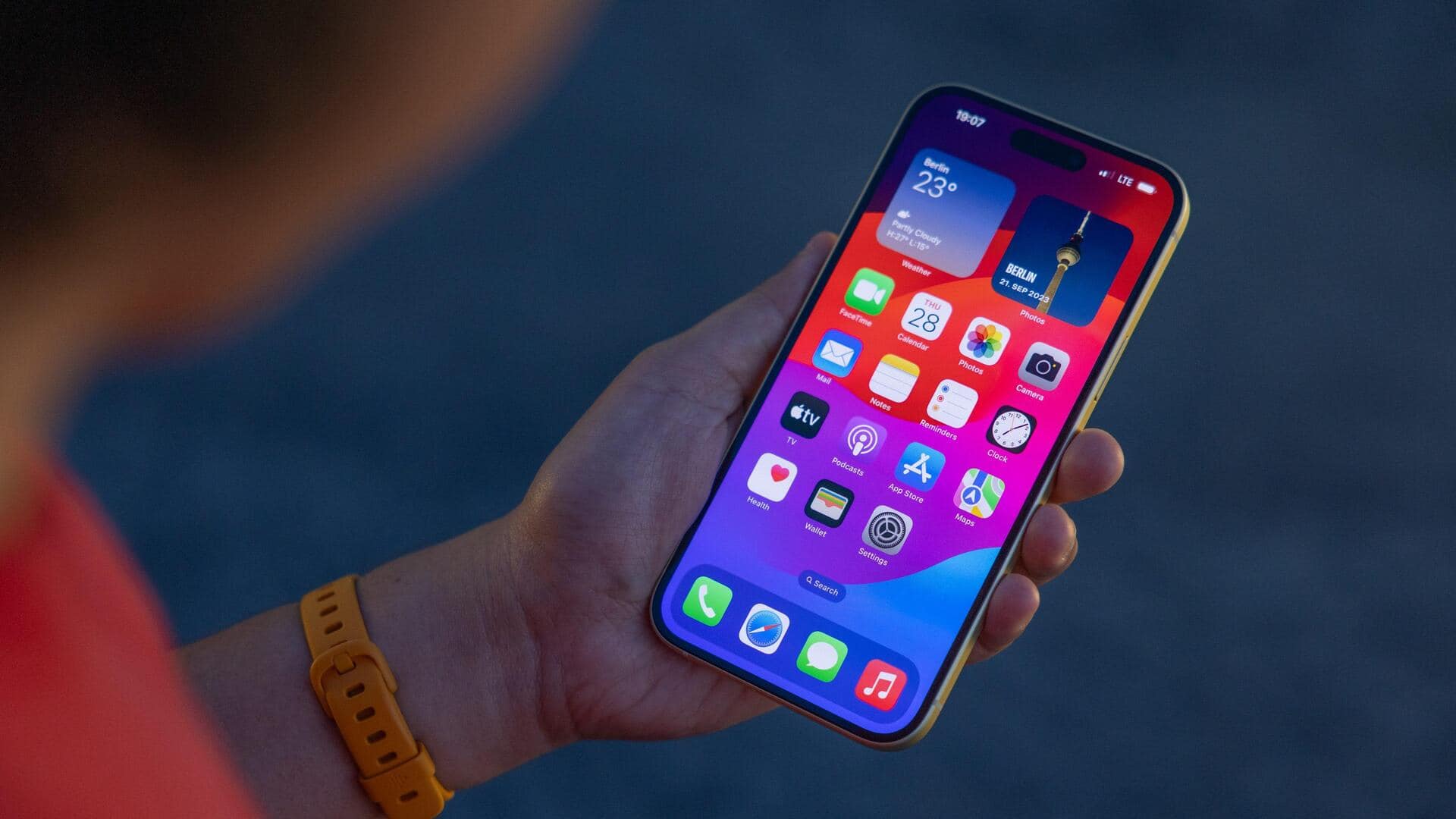
Apple will let EU users change default apps on iPhones
What's the story
Apple is set to introduce a new feature that will enable iPhone and iPad users in the European Union (EU) to select their preferred default apps for various functions.
This change, expected later this year, will be accessible through a "Default Apps" section in Settings.
The tech giant has also announced plans for further enhancements in Q1 next year, including the ability to set default navigation and translation apps as well as call spam filter apps.
User freedom
More control over pre-installed apps
In addition to customizing default apps, Apple will also grant EU users the freedom to remove certain pre-installed apps from their devices.
These include the App Store, Messages, Camera, Photos, and Safari.
However, two essential apps - Settings and Phone - will remain non-removable.
This move is part of Apple's broader strategy to provide users with more control over their device usage and preferences.
Browser selection
Safari's browser choice screen to undergo modifications
Apple is also planning modifications to the browser choice screen that appears when EU users first launch Safari on their iPhones.
Post-update, users who have set Safari as their default will need to scroll through an entire list of default browsers before making a selection.
The update will also display the selected browser's App Store caption on the choice screen for added convenience and information.
Regulatory compliance
Apple's response to EU's Digital Markets Act
These changes are Apple's response to the EU's Digital Markets Act that came into effect on March 7.
The act mandates tech giants to offer mobile users a "choice screen" where they can select from a list of available web browsers such as Chrome, Firefox, or DuckDuckGo.
In compliance with this, Apple plans to allow users to choose their default browser directly from the choice screen after viewing a list of options.
Regulatory discussions
Discussions with European Commission
Apple has been in discussions with the European Commission regarding these changes.
The company believes that these updates will address regulators' concerns about user choice and competition.
If a user selects a different browser as their default through the new choice screen, it will replace the Safari icon in their Dock or on their Home Screen, further enhancing user customization.